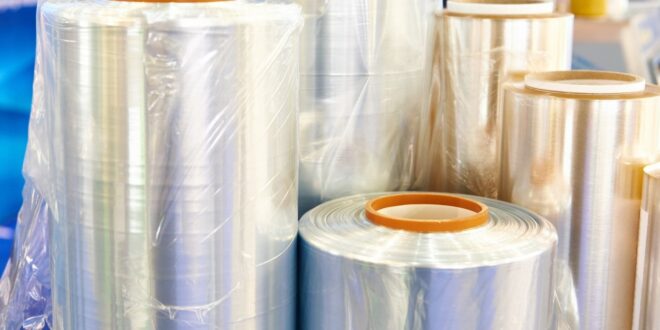When it comes to product packaging, branding materials, or decorative elements, the surface you print on matters just as much as the design itself.
Two materials often used in stickers, labels, and tape printing are eco paper and PET film. While both have their advantages, they produce very different visual and tactile outcomes.
If you’re a designer, small business owner, or anyone involved in packaging and presentation, understanding these differences is critical to making the right call for your brand.
Key Highlights
- Eco paper offers a natural, matte finish ideal for earthy or organic aesthetics
- PET film delivers high clarity, durability, and vibrant print resolution
- Print colors behave differently across the two materials due to absorption and texture
- Environmental impact and recyclability also vary significantly
- Each is suited to specific product types, brand goals, and use cases
Understanding the Basics: What Are Eco Paper and PET Film?
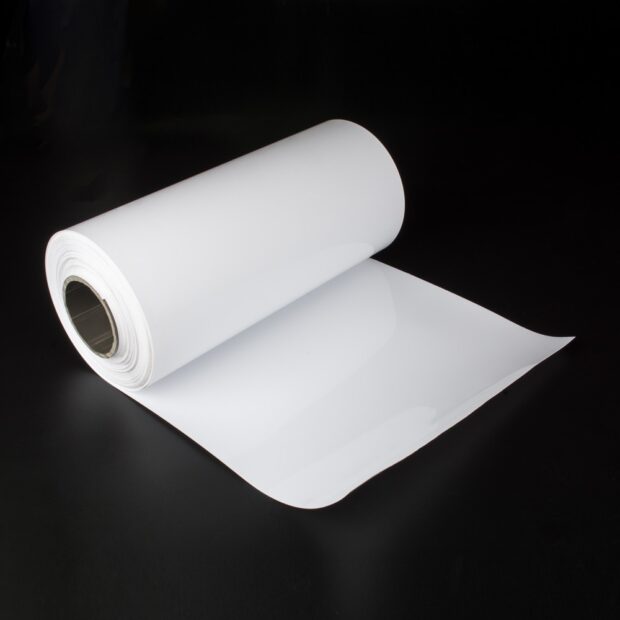
Eco paper, often made from recycled materials or sourced sustainably, is biodegradable and compostable. It has a natural, slightly fibrous texture that feels soft and matte to the touch. Brands aiming for sustainability and authenticity tend to favor this substrate.
PET film (Polyethylene Terephthalate), on the other hand, is a synthetic plastic film known for its strength, glossiness, and water resistance. It’s commonly used in clear labels, high-end packaging, and anything that needs a sleek, polished look.
Each material behaves differently under ink, cutting tools, and environmental conditions. That’s why knowing how your print will turn out on each substrate is essential before placing an order.
Print Clarity and Color Accuracy
One of the most noticeable differences between eco paper and PET film is the sharpness and vibrancy of printed designs.
Eco paper, being absorbent, tends to slightly diffuse ink. This softens edges and may mute color intensity, especially with rich hues or complex gradients. That’s not to say it’s low quality — many people prefer the warmth and artisanal feel this material brings. It’s especially effective for vintage-inspired or rustic packaging.
In contrast, PET film doesn’t absorb ink — it holds it on the surface. This leads to crisper lines, more saturated colors, and a glossy finish that pops under lighting. PET film is particularly popular for brands that rely on bold visuals and vibrant color palettes.
A good example of where PET film truly shines is in premium branding items like custom washi tape. Washi tape printed on PET film has better definition and stays vibrant even after repeated handling.
Texture and Finish: The Feel Matters
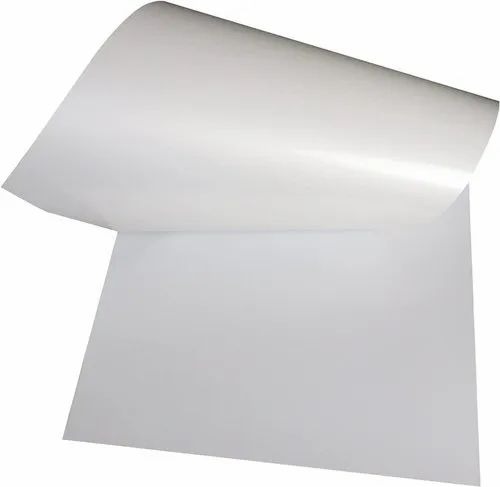
While color accuracy is important, texture and finish play a huge role in how a printed product feels in the hand — and that can influence perception of quality.
Eco paper typically has a matte or lightly textured surface. This gives it a handcrafted, authentic look. It’s perfect for organic skincare packaging, small-batch food products, or anything where the visual story is rooted in natural, artisanal appeal. However, that texture may slightly scatter light, so the print might look flatter under certain conditions.
PET film, being smooth and often glossy, offers a slick, premium feel. Some PET variants can be frosted or even holographic, enhancing branding flexibility. This smoothness not only looks clean but also makes fine details and metallic accents pop much more effectively.
Durability and Longevity
In terms of toughness and resistance, PET film is the clear winner.
- PET Film: Waterproof, oil-resistant, scratch-resistant, and less prone to fading. Perfect for products that are exposed to handling, moisture, or outdoor conditions.
- Eco Paper: More delicate, prone to tearing and color fading if exposed to sunlight or friction. Best for short-term or indoor use.
If your product or label is going to face the elements — such as water bottles, cosmetics, or delivery packaging — PET film will maintain its look far longer.
On the other hand, for one-time-use labels like thank-you stickers on packages or eco-conscious wrapping, eco paper offers enough durability while staying in line with your brand’s values.
Environmental Considerations
The choice between these materials isn’t just about print — it’s also about sustainability.
- Eco Paper: Often recyclable and biodegradable, especially if uncoated or soy-based ink is used. This is the material of choice for brands that highlight environmental commitment.
- PET Film: Though technically recyclable, PET labels often aren’t accepted in standard municipal recycling programs, especially once they’ve been printed on or combined with adhesives.
If your business promotes green values, the eco paper choice sends a strong signal. But if longevity is your priority, PET still has a place — especially when used sparingly or alongside recycling-friendly initiatives.
Application Suitability: Which One Should You Use?
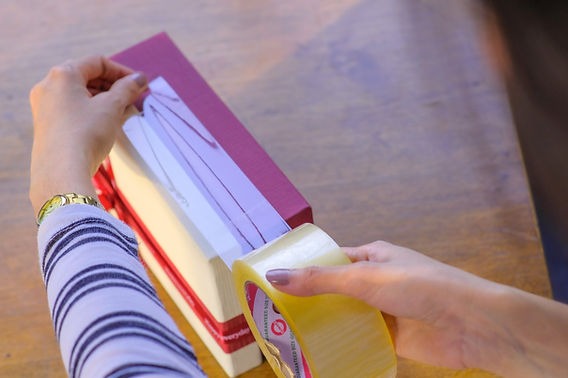
Here’s a quick guide on when to use each:
| Use Case | Recommended Material |
| Outdoor labels | PET Film |
| Food packaging (eco brands) | Eco Paper |
| Beauty product containers | PET Film |
| Gift wrapping/thank-you stickers | Eco Paper |
| Custom tapes and stickers | PET Film |
| Compostable packaging inserts | Eco Paper |
Printing Techniques and Material Compatibility
The type of printing also matters. Inkjet and digital printing tend to work better on PET film due to its smooth surface, which supports vibrant ink adhesion. Eco paper often performs best with offset or screen printing, especially when using water-based or soy inks.
Additionally, lamination is rarely necessary on PET film because of its natural gloss and resilience. Eco paper, on the other hand, might need protective coating if you want to extend shelf life or boost color retention — but doing so may reduce its compostability.
Price and Production Considerations
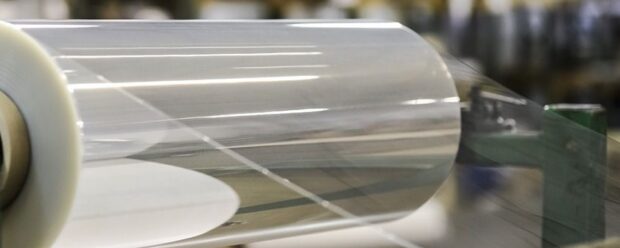
While not a direct indicator of print quality, cost can influence your decision:
- Eco paper is generally cheaper, but prices vary depending on the sustainability level (recycled content, certifications, etc.).
- PET film is more expensive due to the material itself and more advanced printing processes.
For short print runs or budget-conscious projects, eco paper is a smart choice. For high-value branding, PET film often justifies the added cost.
Final Thoughts
Choosing between eco paper and PET film isn’t just a technical decision — it’s a branding one. Eco paper adds character and tells an eco-conscious story, while PET film provides vibrant, professional results that stand the test of time.
In many cases, the best choice depends on what message your brand wants to send, how your product will be used, and what level of durability your print needs. Ideally, businesses can integrate both: using PET film for longevity and eco paper for values-based messaging. When used strategically, both materials enhance your product’s visual impact in their own way.
 Jewel Beat
Jewel Beat
